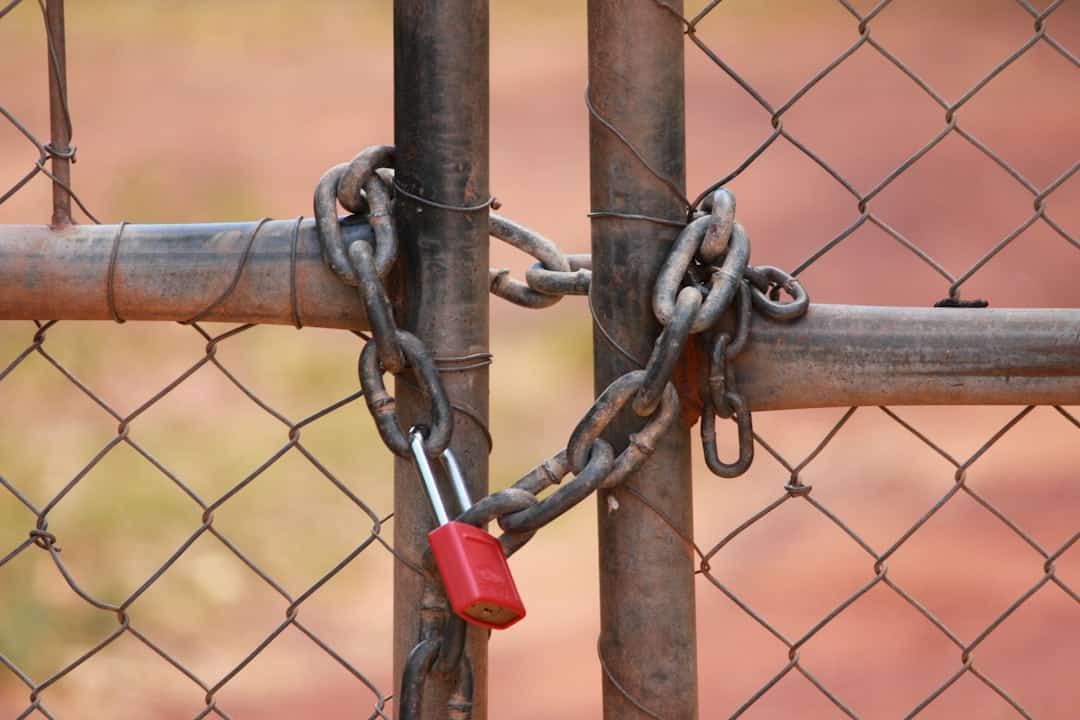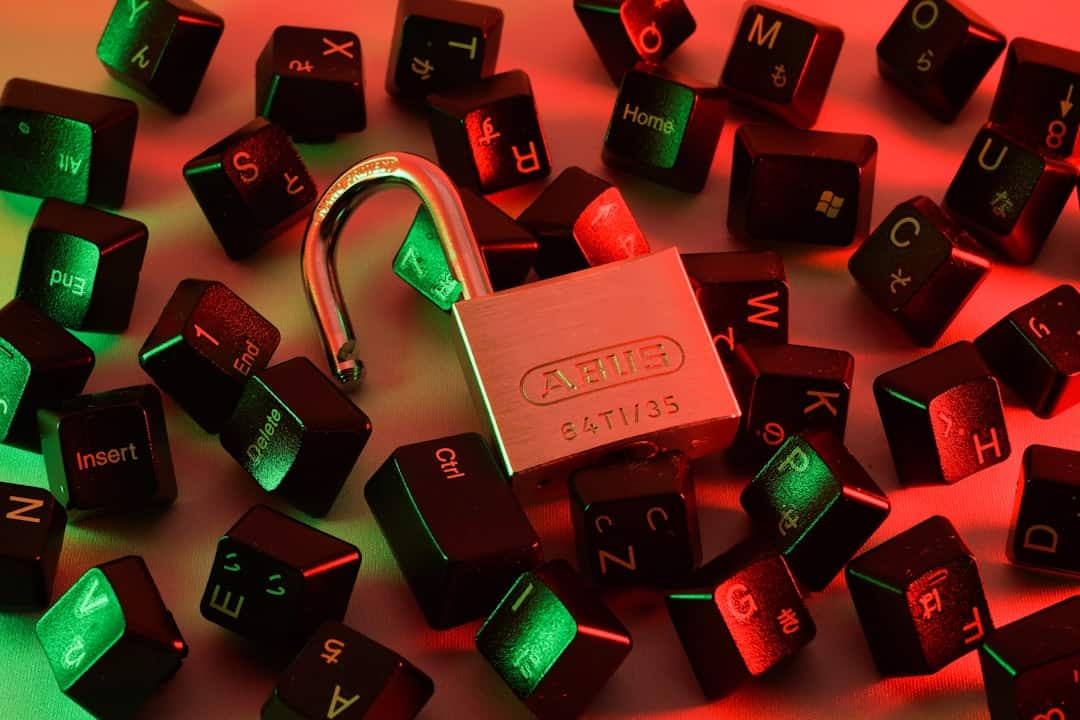Capture the Flag (CTF) competitions are widely recognized as an effective method for honing cybersecurity skills. These events challenge participants to identify and exploit vulnerabilities within simulated environments. The primary objective is typically to obtain a “flag,” which is a digital token or piece of data representing a successful system breach.
CTF competitions occur in various settings, ranging from local gatherings to international events, and cover diverse Cybersecurity topics such as web security, cryptography, and reverse engineering. CTF competitions serve as both an educational tool and a practical training ground for cybersecurity professionals. By replicating real-world hacking scenarios, these events allow participants to develop a deeper understanding of attack methodologies and defensive strategies.
This hands-on experience is invaluable for cultivating the skills necessary to protect networks and systems from cyber threats. Furthermore, CTF competitions often emphasize teamwork, requiring participants to collaborate effectively. This aspect of the events helps develop essential communication and problem-solving skills that are crucial in real-world cybersecurity operations.
As a result, CTF competitions not only enhance technical proficiency but also foster the soft skills required for successful careers in the field.
Key Takeaways
- Capture the Flag Cyber Security involves simulated real-world cyber attacks and defense strategies
- Network defense is crucial for protecting sensitive data and preventing unauthorized access
- Strategies for defending networks include implementing strong firewalls, regular security updates, and employee training
- Tools and techniques for Capture the Flag Cyber Security include penetration testing, vulnerability scanning, and malware analysis
- Building a strong defense team involves hiring skilled professionals, fostering a culture of security awareness, and promoting collaboration
- Continuous monitoring and incident response play a key role in identifying and mitigating security threats
- The future of Capture the Flag Cyber Security will likely involve more advanced technologies and a greater emphasis on proactive defense measures
The Importance of Network Defense
Importance of Network Defense
A strong network defense strategy not only helps prevent data breaches and financial losses but also protects an organization’s reputation and competitive advantage.
Implementing a Multi-Layered Approach
Effective network defense involves implementing a multi-layered approach that includes proactive measures such as firewalls, intrusion detection systems, and encryption, as well as reactive measures such as incident response and recovery plans. By continuously monitoring network traffic and identifying potential threats, organizations can quickly detect and respond to security incidents, minimizing the impact of an attack.
Proactive Measures for Network Defense
Additionally, regular security assessments and penetration testing can help identify vulnerabilities in the network infrastructure, allowing organizations to proactively address potential weaknesses before they are exploited by malicious actors.
Strategies for Defending Networks

When it comes to defending networks against cyber attacks, organizations must adopt a proactive and comprehensive approach to ensure the security of their systems and data. One effective strategy for defending networks is to implement strong access controls, such as multi-factor authentication and role-based access permissions, to limit the exposure of sensitive information to unauthorized users. Additionally, organizations should regularly update and patch their software and systems to address known vulnerabilities and reduce the risk of exploitation by attackers.
Another important strategy for defending networks is to educate and train employees on best practices for cyber security, such as recognizing phishing attempts, creating strong passwords, and securely handling sensitive data. By raising awareness and promoting a culture of security within the organization, employees can become an important line of defense against cyber threats. Furthermore, organizations should consider implementing network segmentation to isolate critical systems and data from potential threats, reducing the impact of a successful breach.
Tools and Techniques for Capture the Flag Cyber Security
| Tool/Technique | Description |
|---|---|
| Nmap | A powerful network scanning tool for discovering hosts and services on a computer network. |
| Wireshark | A network protocol analyzer that captures and interactively browse the traffic running on a computer network. |
| Metasploit | An open-source penetration testing framework that helps in finding and exploiting vulnerabilities in a system. |
| John the Ripper | A password cracking tool that can be used to detect weak passwords and crack password hashes. |
| SQLMap | An open-source penetration testing tool that automates the process of detecting and exploiting SQL injection flaws. |
In the world of Capture the Flag (CTF) cyber security, participants often rely on a variety of tools and techniques to identify and exploit vulnerabilities in simulated environments. One commonly used tool is Wireshark, a powerful network protocol analyzer that allows participants to capture and analyze network traffic in real-time. By examining packet data and identifying potential security issues, participants can gain valuable insights into the inner workings of network communications and identify potential attack vectors.
Another important technique for CTF cyber security is reverse engineering, which involves analyzing software or hardware to understand how it works and identify potential vulnerabilities. Participants may use disassemblers and debuggers to examine the inner workings of a program and identify potential security flaws that can be exploited to gain unauthorized access or escalate privileges. Additionally, participants may use cryptographic analysis tools to break encryption algorithms and recover sensitive information, simulating real-world scenarios where attackers attempt to bypass encryption to access confidential data.
Building a Strong Defense Team
In order to effectively defend against cyber attacks, organizations must build a strong defense team that is equipped with the skills and knowledge needed to protect their network infrastructure. A strong defense team should include individuals with diverse expertise in areas such as network security, incident response, penetration testing, and threat intelligence. By bringing together individuals with different skill sets and perspectives, organizations can create a well-rounded defense team that is capable of addressing a wide range of cyber threats.
Furthermore, organizations should invest in ongoing training and professional development for their defense team members to ensure they stay up-to-date with the latest trends and techniques in cyber security. By providing opportunities for team members to attend industry conferences, participate in hands-on training exercises, and pursue relevant certifications, organizations can empower their defense team to effectively defend against evolving cyber threats. Additionally, fostering a culture of collaboration and knowledge sharing within the defense team can help team members learn from each other’s experiences and develop innovative solutions to complex security challenges.
The Role of Continuous Monitoring and Incident Response

Continuous monitoring and incident response play a crucial role in network defense by enabling organizations to quickly detect and respond to security incidents before they escalate into major breaches. By implementing continuous monitoring tools such as intrusion detection systems (IDS) and security information and event management (SIEM) solutions, organizations can gain real-time visibility into their network traffic and identify potential threats as they emerge. This proactive approach allows organizations to take immediate action to mitigate the impact of an attack and prevent further damage to their systems and data.
In addition to continuous monitoring, organizations must also have robust incident response plans in place to effectively manage security incidents when they occur. An effective incident response plan should outline clear procedures for identifying, containing, eradicating, recovering from, and documenting security incidents. By establishing roles and responsibilities for key personnel, defining communication protocols, and conducting regular incident response drills, organizations can ensure they are well-prepared to respond swiftly and effectively when faced with a security incident.
The Future of Capture the Flag Cyber Security
As cyber threats continue to evolve in complexity and scale, the future of Capture the Flag (CTF) cyber security will likely involve new challenges and opportunities for participants. With the increasing adoption of emerging technologies such as artificial intelligence (AI), internet of things (IoT), and cloud computing, CTF competitions may expand to include scenarios that reflect these evolving threat landscapes. Participants may be tasked with defending against sophisticated AI-powered attacks or securing IoT devices from exploitation by malicious actors.
Furthermore, as the demand for skilled cyber security professionals continues to grow, CTF competitions may play an increasingly important role in identifying and nurturing talent in the field. Organizations may look to CTF competitions as a valuable source of recruitment for individuals with demonstrated expertise in offensive and defensive cyber security techniques. Additionally, CTF competitions may serve as a platform for fostering collaboration and knowledge sharing among participants from diverse backgrounds, ultimately contributing to the advancement of cyber security as a whole.
In conclusion, Capture the Flag (CTF) cyber security is an invaluable tool for individuals and organizations looking to develop their skills in defending against cyber threats. By understanding the importance of network defense, implementing effective strategies for defending networks, leveraging tools and techniques for CTF cyber security, building a strong defense team, prioritizing continuous monitoring and incident response, and anticipating the future of CTF cyber security, participants can gain valuable experience that will help them stay ahead of evolving cyber threats. As the cyber security landscape continues to evolve, CTF competitions will remain an essential platform for honing skills, fostering innovation, and building a community of skilled professionals dedicated to protecting against cyber attacks.
If you’re interested in learning more about the intersection of cybersecurity and virtual environments, you may want to check out this article on the ethical considerations in the metaverse. The piece discusses the challenges and opportunities in the metaverse, including the importance of cybersecurity in protecting user data and privacy. You can read the full article here.
FAQs
What is capture the flag (CTF) in cyber security?
Capture the flag (CTF) is a cyber security competition where participants solve a series of challenges to find hidden “flags” within computer systems or networks. These challenges are designed to test and improve participants’ skills in areas such as cryptography, reverse engineering, web security, and more.
How does capture the flag (CTF) help in cyber security?
CTF competitions help participants develop and improve their skills in various areas of cyber security, such as identifying vulnerabilities, exploiting weaknesses, and understanding how to secure systems and networks. It also provides an opportunity for participants to learn from each other and stay updated on the latest security trends and techniques.
Who can participate in capture the flag (CTF) competitions?
CTF competitions are open to anyone with an interest in cyber security, including students, professionals, and hobbyists. Some competitions may have specific eligibility requirements, but many are open to participants of all skill levels.
What are the different types of challenges in capture the flag (CTF) competitions?
CTF challenges can vary widely and may include tasks such as cryptography puzzles, reverse engineering of software or hardware, web application security, network analysis, and more. Each challenge is designed to test different aspects of cyber security knowledge and skills.
Are there different formats for capture the flag (CTF) competitions?
Yes, CTF competitions can be held in different formats, including online, onsite, or hybrid events. Some competitions may be individual-based, while others are team-based. Additionally, there are different levels of difficulty, catering to participants with varying levels of experience and expertise.











Leave a Reply